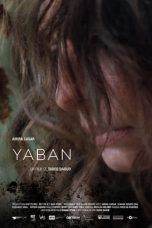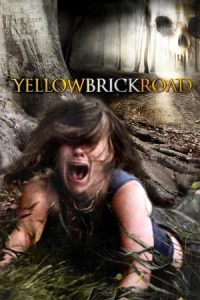- Source: Wrattens Forest, Queensland
It Remains (2023)
YellowBrickRoad (2010)
Fitzcarraldo (1982)
No More Posts Available.
No more pages to load.
Wrattens Forest is a rural locality in the Gympie Region, Queensland, Australia. In the 2021 census, Wrattens Forest had "no people or a very low population".
Geography
The terrain is mountainous and is part of the Coastal Range with Mount Mia at 26.2494°S 152.2706°E / -26.2494; 152.2706 (Mount Mia) at a height of 614 metres (2,014 ft).
The entire locality is a protected area. Most of it is within the Wrattens National Park, but some areas are in within the Wrattens Conservation Park, the Wrattens State Forest and the Wrattens Resources Reserve. There is no private land use.
History
The locality was named after forest overseer Bill Wratten, who worked at state forests at Cherbourg and Wondai.
To mark World Environment Day on 5 June 2009, Queensland Minister for Climate Change and Sustainability, Kate Jones, announced the establishment of the Wrattens National Park, consisting of 20,869 hectares (51,570 acres) which was formerly part of Wrattens State Forest. A new Wrattens Conservation Park was also established surrounding the Barambah Environmental Education Centre.
Demographics
In the 2016 census, Wrattens Forest had "no people or a very low population".
In the 2021 census, Wrattens Forest had "no people or a very low population".
Education
Barambah Environmental Education Centre is an Outdoor and Environmental Education Centre at 301 A Flat Road (26.3413°S 152.3289°E / -26.3413; 152.3289 (Barambah Environmental Education Centre)).
Over the years the Centre, as a Department of Education site, has had a number of name changes and before all of these changes it was A Flat Camp - established in 1962/63 on a greenfield site as A Flat Forest Station.
The Department of Education acquired the site in 1977 and named it the Mary River Field Study Centre. Facilities at the Centre in 1977 were very basic with an office, a corrugated iron walled dining room with an open fireplace for cooking meals and three wooden sleeping quarters. There were no gardens and only a few trees in the Centre grounds.
In 1980, the centre was renamed the Barambah Field Study Centre and, in 1988, it was renamed the Barambah Environmental Education Centre.
In the 1990s, the old school building at Gallangowan (now neighbouring Manumbar) was moved to the centre and is used as the office and staff room.
As at 2019, the centre has native gardens and established trees. An extensive plant nursery, with three hot houses and a large fenced hardening area has also been established. The dining room and kitchen facilities have been updated and easily cater for all groups who utilise the centre, which has the capacity to sleep 75 people.
References
= Attribution
=
This Wikipedia article contains material from "About Us". Barambah Environmental Education Centre. The State of Queensland. under CC-BY-4.0 licence, accessed on 29 May 2019.














